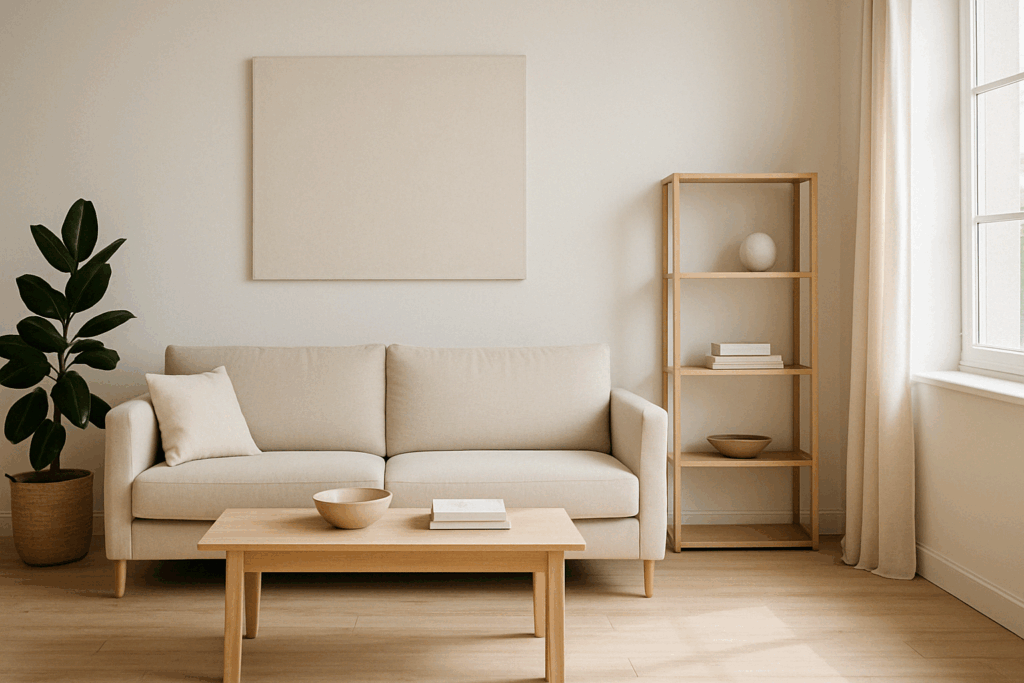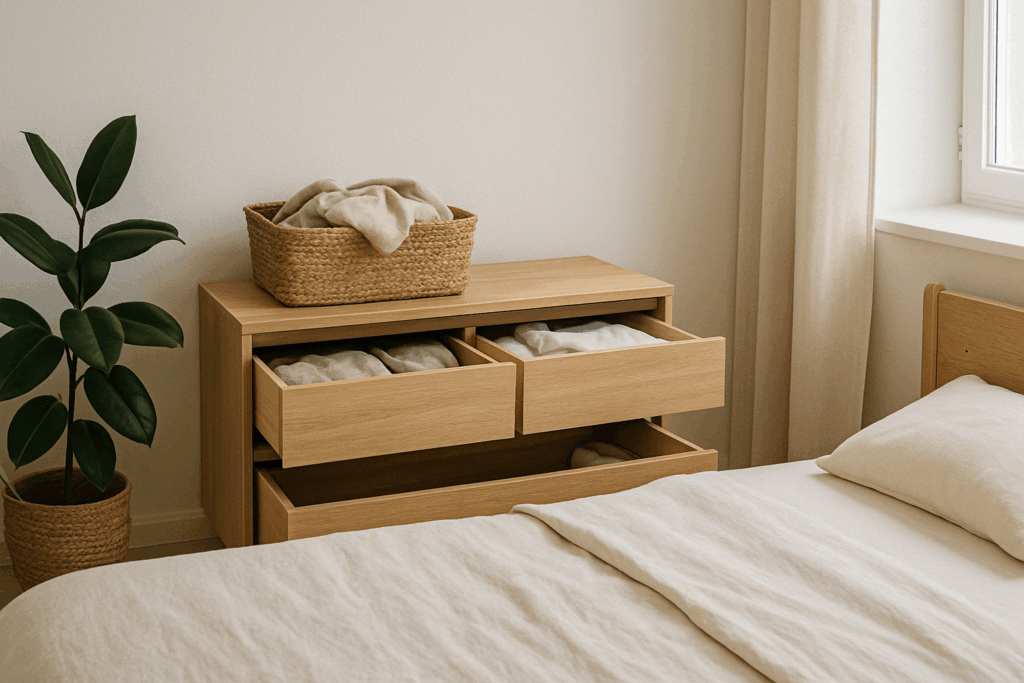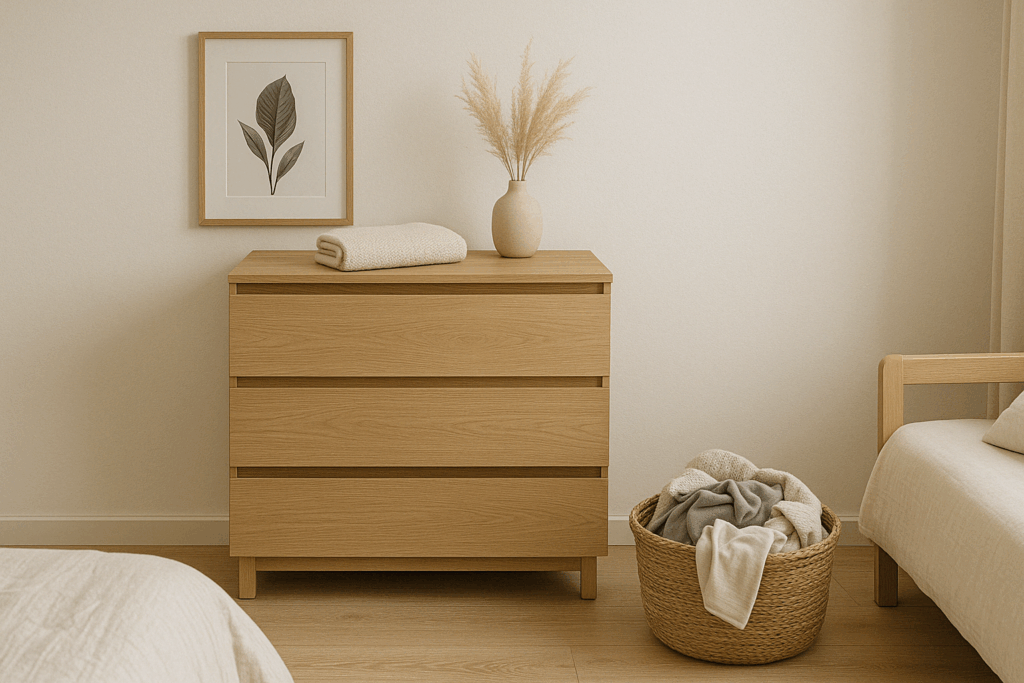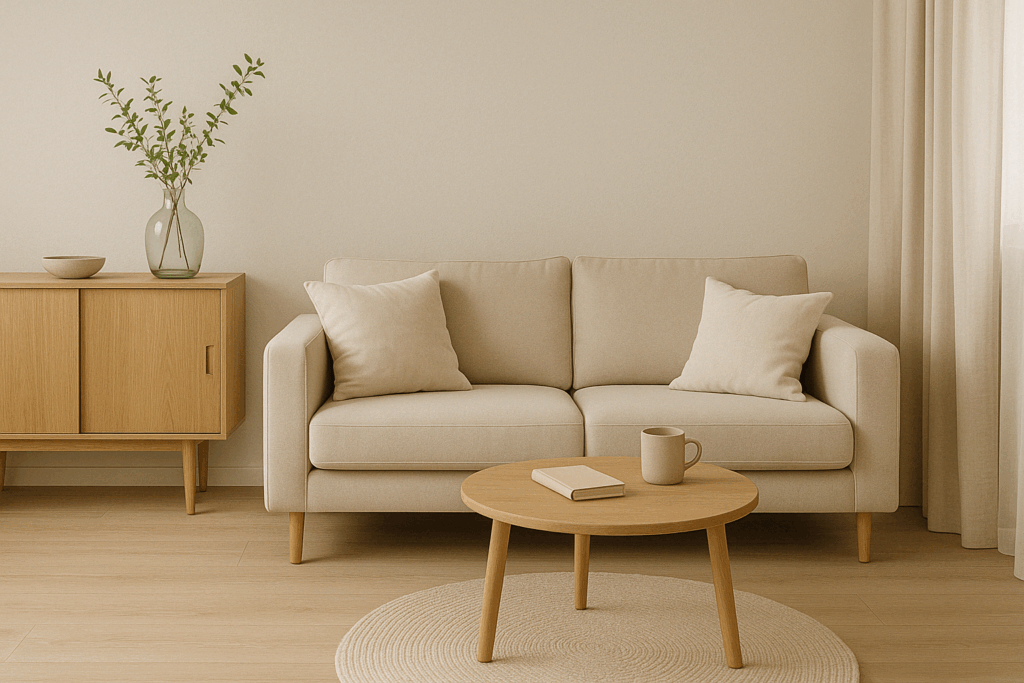
Minimalism is more than just a trend—it’s a mindset shift that encourages intentional living. By eliminating excess and embracing simplicity, you can create a space that feels peaceful, functional, and truly your own. Whether you’re just starting out or looking to refine your space, these practical tips will help you declutter with purpose and create a calm, minimalist home.
Start Small and Stay Consistent

One of the biggest challenges in decluttering is knowing where to begin. Instead of overhauling your entire home in one go, start with a single drawer, closet, or room. Small, manageable goals help you build momentum and avoid burnout. Make it a daily or weekly habit—10 minutes a day can lead to noticeable changes over time.
Create a checklist or schedule to stay on track. By focusing your attention on one area at a time, you’ll see steady progress and be less likely to feel overwhelmed.
Be Honest About What You Really Need

Minimalism isn’t about having nothing—it’s about having only what adds value. As you go through your items, ask yourself whether each one serves a clear purpose or brings you joy. If not, consider donating, recycling, or discarding it.
Use the “one-year rule” for clothes and household items: If you haven’t used it in the past year, you probably don’t need it. Sentimental items can be the hardest to part with, so keep only a few meaningful pieces and store them intentionally.
Design with Simplicity in Mind

Once you’ve decluttered, it’s time to rethink how you use your space. Choose furniture and decor that serve multiple purposes and align with a clean, simple aesthetic. Neutral colors, natural textures, and open layouts help reinforce a minimalist vibe.
Keep surfaces clear of unnecessary items. Store essentials in designated places and leave room to breathe—visually and physically. This intentional design not only looks calming but can also reduce mental clutter.
